An ARMY can be defined as a land force or a ground force that fights primarily on land. In a broad sense, it is the land-based service branch, military branch, or armed service of a state or nation. ARMY may also include assets related to aviation by possessing an ARMY aviation component. The word ARMY may also mean a field army within a national military force.
Additionally, the Indian Armed Forces are supported by the Central Armed Police Forces, Assam Rifles, Indian Coast Guard and Special Frontier Force, and various inter-service commands and institutions such as the Strategic Forces Command, the Andaman, and Nicobar Command, and the Integrated Defence Staff. The President of India is the Supreme Commander of the Indian Armed Forces. The Indian Armed Forces are under the management of the Ministry of Defence (MoD) of the Government of India.
A career in the Indian Defence
A career in the defence forces promises one of the most prestigious and respected positions in the country. Youngsters who aspire to choose a career of excitement, adventure, and challenges can find no better place than defence to meet all their professional expectations.
The Indian Armed Forces are the military forces of India that consist of four professional uniformed services: The Indian Army, Indian Air Force, Indian Navy and Indian Coast Guard. The various paramilitary organisations and various inter-service institutions also help the Indian Armed Forces.
Indian Armed Force
The Indian Armed Force is the primary defence wall of India and serves under the authority of the Ministry of Defence.
The Indian Armed Force has four main divisions:
1. Indian Army
2. Indian Air Force
3. Indian Navy
4. Indian Coast Guard
Central Armed Police Force: The Central Armed Police Force (CAPF) serves under the authority of the Ministry of Home Affairs. They mainly manage internal security threats and only aid in combating external threats when necessary.
There are seven main divisions of the CAPF:
1. Assam Rifles
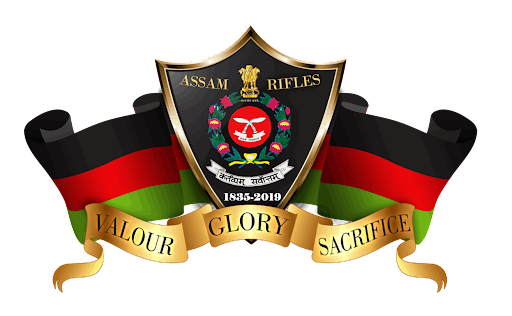
This is one of the oldest paramilitary forces in the country and was established in 1835. Its main job is to monitor the North East international borders and counter the insurgency operations in Arunachal Pradesh, Manipur, Mizoram and Nagaland.
2. Border Security Force (BSF)
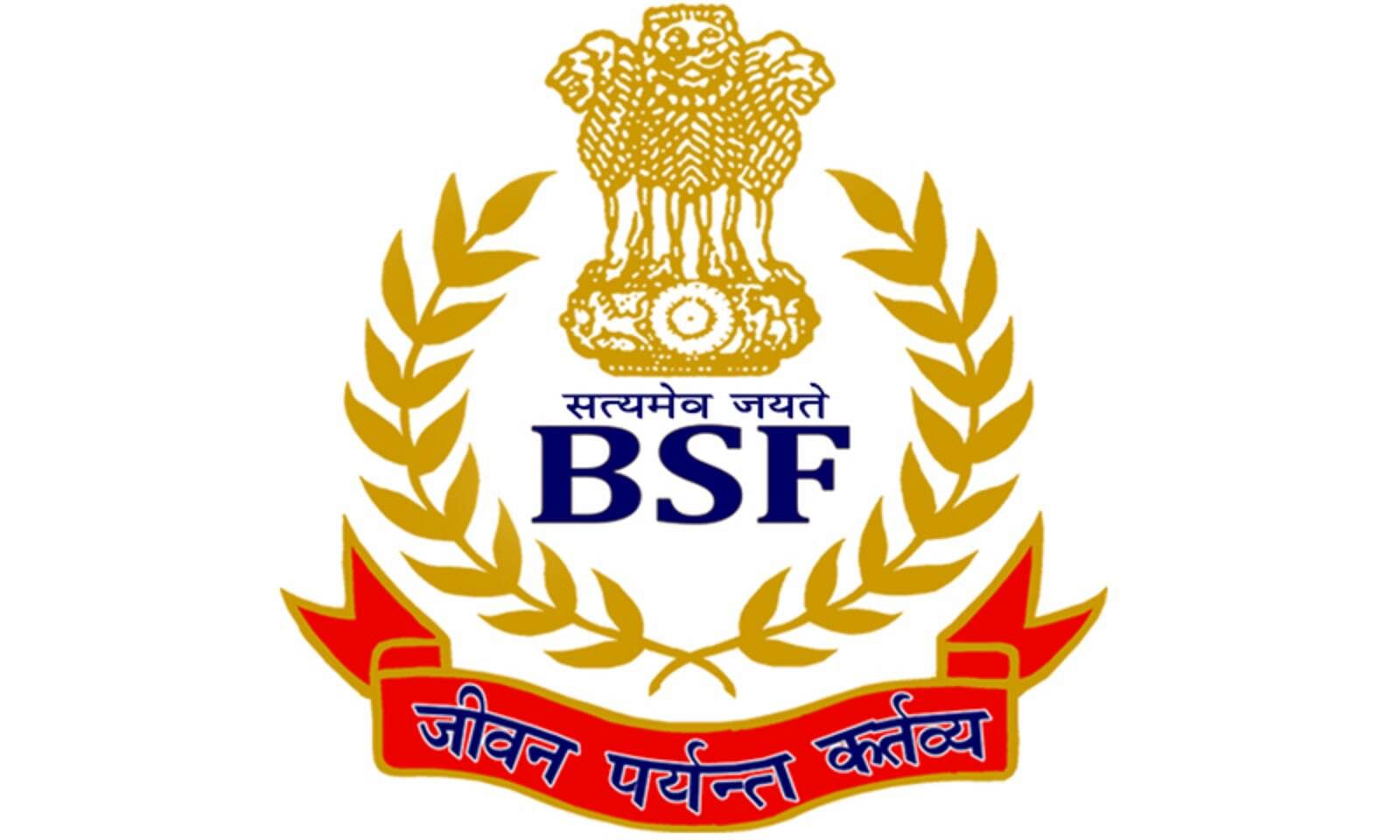
The BSF was established in 1965. Their main role is to keep a watch over international borders against intrusion.
3. Central Industrial Security Force (CISF)
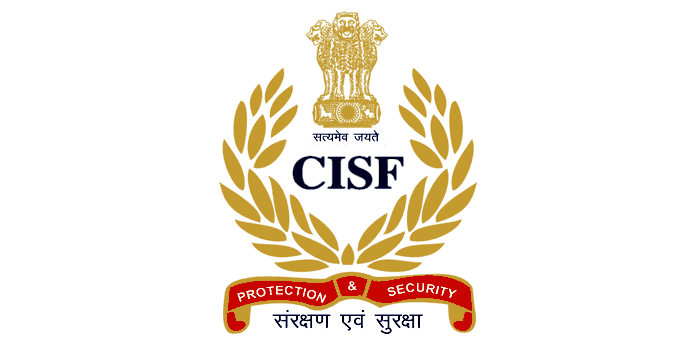
The CISF was set up in 1969 after the recommendations of Justice B Mukherji. Its job is to monitor the Central Government industrial complexes.
4. Central Reserve Police Force (CRPF)
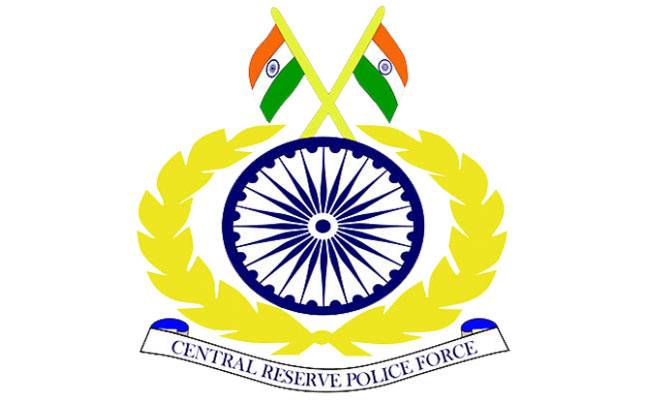
The CRPF was set up in 1939. Its main job is to assist the State Police or Union Territory Police in maintaining law and order. The Mahila Battalion (88th Battalion of CRPF) commissioned on March 30, 1986, is the world's first paramilitary force comprised entirely of women.
5. Indo-Tibetan Border Police (ITBP)
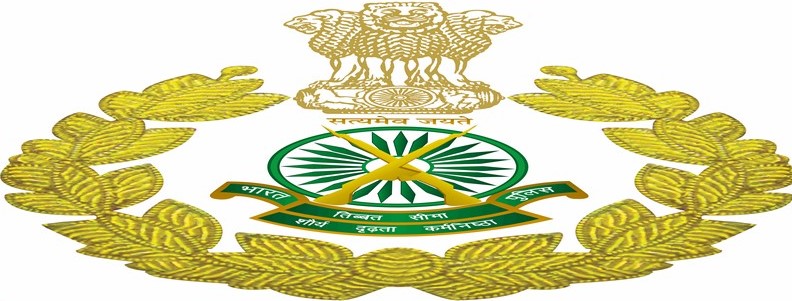
They were established in 1962 after the Chinese attack. They are employed in the North India borders. They monitor the borders and also stop smuggling and illegal immigration.
6. National Security Guards (NSG)
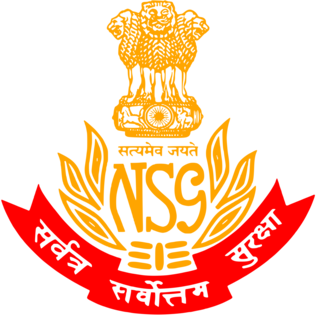
NSG was established in 1984 to counter the surge of militancy in the country. It is a highly trained force that deals with militants effectively.
7. Sashastra Seema Bal (SSB)
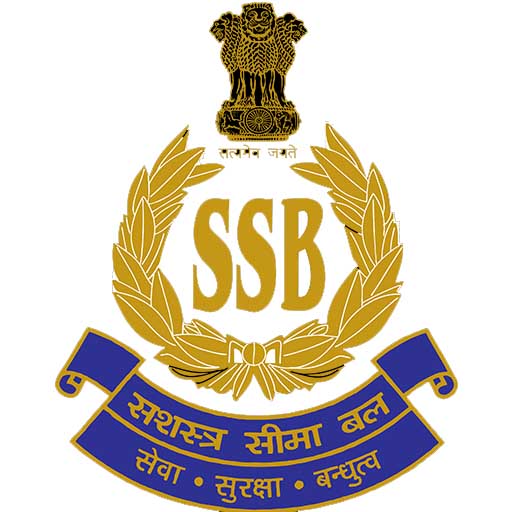
The SSB was established in 1963. Their main objective is to control anti-national activities and inculcate a feeling of nationalism among the border population. They guard the Indo-Nepal and Indo-Bhutan borders. They were earlier called the Special Service Bureau.
Army Career FAQs
The Army has various branches and entry points worldwide. The information provided here is general. For specific details, please consult your country's Army recruitment website.
1. What are the different ways to join the Army?
Ans: Most armies offer multiple entry paths:
Enlisted: Joining as a private or equivalent rank.
Officer: Entering through a military academy, ROTC (Reserve Officers' Training Corps), or officer candidate school.
Special Forces: Requiring specific qualifications and rigorous training.
2. What are the basic qualifications to join the Army?
Ans: Generally, you need to be a citizen or permanent resident of the country you want to serve, meet age and physical fitness requirements, and pass a background check. Educational qualifications vary depending on the role.
3. What are the different roles and jobs in the Army?
Ans: The Army offers a wide range of roles, including: Combat roles: Infantry, armor, artillery. Support roles: Engineers, medical, logistics, communications. Technical roles: Intelligence, cyber, aviation.
4. What is the training process like?
Ans: Basic training focuses on physical fitness, discipline, and military skills. Advanced training depends on your role and can include specialized technical or leadership training.
5. What are the benefits of joining the Army?
Ans: Benefits typically include competitive pay, healthcare, housing allowances, education assistance, and retirement plans.
6. What are the challenges of Army life?
Ans: Challenges can include deployments, long hours, physical demands, and being away from family.
7. How can I advance my career in the Army?
Ans: Promotion is often based on performance, experience, and education. Many armies offer opportunities for further education and training.
8. What are the opportunities for civilian careers after leaving the Army?
Ans: The Army develops a wide range of skills transferable to civilian life, such as leadership, teamwork, and problem-solving. Many veterans find successful careers in various fields.